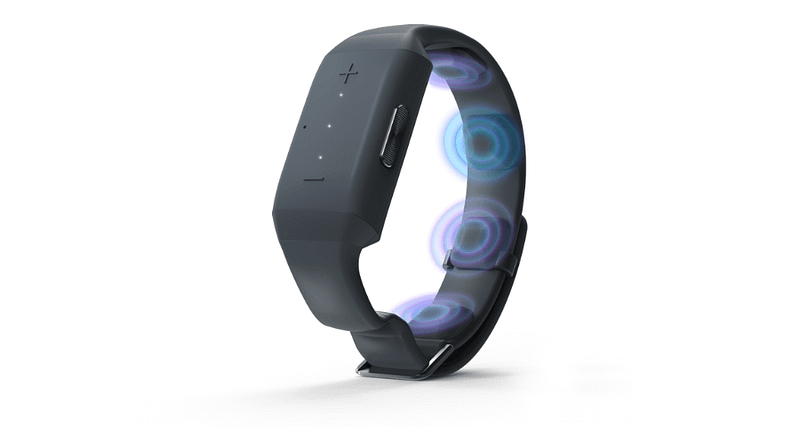Innovative Technologies Enhancing Stock Market Access for the Visually Impaired
Written on
Chapter 1: Understanding Sensory Adaptation
My curiosity about sensory perception and brain plasticity was sparked after reading a book by neuroscientist David Eagleman. While I'm no expert, I find it fascinating how our senses—vision, hearing, smell, touch, and taste—are interconnected and how one can compensate for another. For instance, individuals who are blind or have low vision share the same aspirations as anyone else when it comes to consuming and producing information. They are writers, readers, social media enthusiasts, and stock market investors.
Screen readers, a vital tool for many, help users interact with computers by converting text into spoken words. However, they fall short when it comes to interpreting complex graphs and data trends.
To address these challenges, there are two noteworthy solutions that can significantly enhance how visually impaired users engage with digital content, particularly in financial contexts.
Video Description: This video illustrates how individuals without sight can successfully invest in the stock market using screen readers.
Neosensory Buzz
One innovative device is the Neosensory Buzz, a wristband designed to capture auditory data and convert it into tactile vibrations felt on the skin. This wearable technology operates on the principle of sensory substitution, allowing the brain to interpret information through alternative pathways.

Credit Neosensory blog.
For example, the device may transform the sound of a dog barking into a unique vibration pattern. As users experience this vibration repeatedly, their brains learn to associate it with the specific sound. The device is primarily marketed to assist the hearing impaired, but it also includes an API for developers to relay various types of information, including stock market data and even infrared signals.
This technology provides a remarkable opportunity for users, enabling them to 'sense' information that is typically beyond human perception.
Data Sonification
Data sonification, which emerged as a research field in 1992, focuses on converting data into sound signals. For instance, a program could be created to interpret stock market data, playing a high note for peak values and a lower one for dips.
While some might argue that music is a form of data sonification, it is essential to distinguish the two. Music is subjective and open to interpretation, whereas data sonification aims for clarity in the presentation of information, allowing users to draw accurate conclusions from the sound.
Bloomberg has invested in developing data sonification systems to enhance accessibility for individuals with visual impairments. One notable project is the iPhone app called Sonify, which emits various sounds as users navigate through financial graphs.
This approach has broader applications beyond aiding visually impaired users. For instance, critical systems requiring constant monitoring could benefit significantly. Instead of relying solely on visual logs or alarms—which can lead to delays in response—auditory signals could provide real-time alerts without overwhelming the user.
Conclusion
While my focus has been on the benefits of these technologies for visually impaired users in navigating financial charts, their potential applications extend far beyond. The combination of sound and tactile feedback can enhance data interpretation, enabling users to process information more efficiently, even while on the move.
Despite their promise, these innovative solutions have not yet gained widespread attention, possibly due to their niche benefits or the overwhelming amount of existing content available. However, for specific use cases, these technologies are undoubtedly valuable.
For further exploration:
Brain Plasticity and The Reason Why We Dream
The inner workings of our brains
Data Sonification with JFugue and SpringMVC
Build a service to play data in real-time using SpringMVC, JFugue, and WebAudioFont
Video Description: This episode of "The Blind Trader" showcases the journey of visually impaired individuals making their first trades in the stock market.